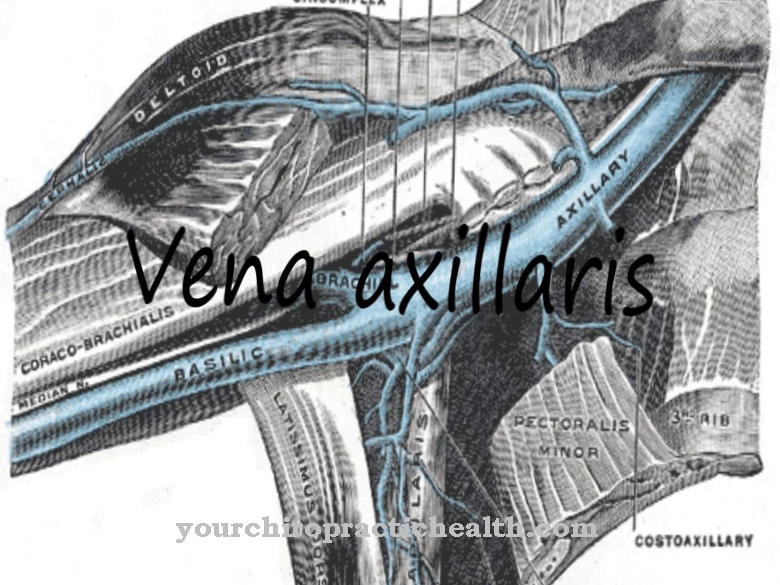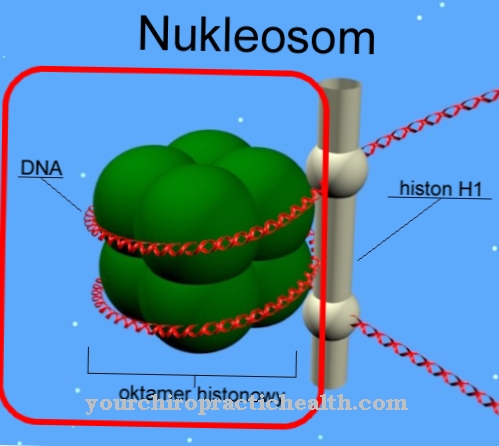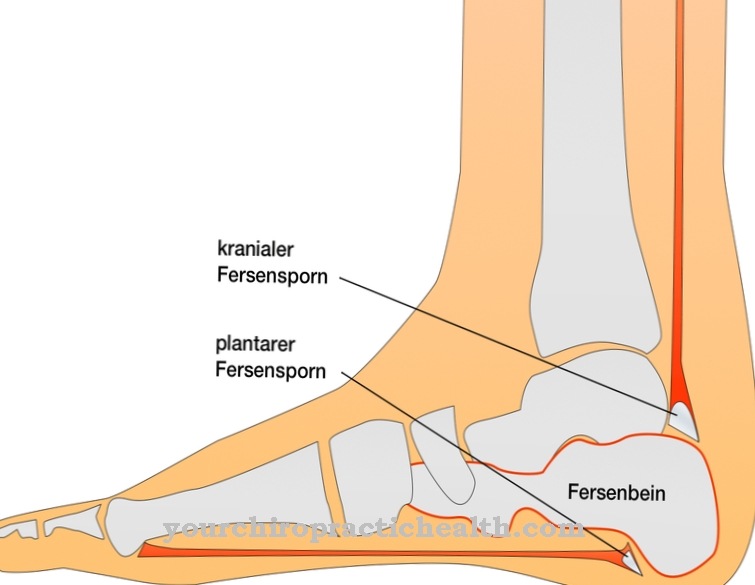The human body consists of nine different ones Organ systems, also called functional systems. These systems influence each other. If one system fails, the others, or parts of them, are also affected.
What is the organ system?
The human organ system is to be understood as a group of organs that perform a certain work in the physical organism and work closely together. All functions that are important to life are controlled by these systems. Neither of these systems can operate independently of the other, with numerous interactions and overlaps.
The liver, for example, has to fulfill a variety of functions and is therefore also assigned to several organ systems. Likewise the immune defense, which plays the all-important role in the defense against pathogens. Here it is the lymphatic system that forms the basis of the immune defense and is in connection with all organs. Since there is no part of the human organism that cannot be attacked by pathogens, all organ systems must also be included in the work of the immune system.
The movement system, to which the skeleton and its muscles belong, must also coordinate numerous functions in the body. While the muscles have the task of supporting, on the other hand they have to push certain components out of the body in the digestive system. Two different functions that are performed by the same organ system.
Anatomy & structure
The nervous system consists of two parts, the autonomic and the somatic nervous system, which form a close-knit network with neurons and glial cells. The cardiovascular system consists of two halves of the heart, each with atrium and ventricle, as well as blood vessels, veins and arteries.
From an anatomical point of view, the respiratory system begins in the nose and ends in the alveoli. In between are the throat, larynx, windpipe and bronchi. A differentiation is made between the upper and lower airways. The upper ones include the nasal cavity with the sinuses, oral cavity and throat. The trachea, bronchi with their bronchioles, larynx and alveoli are assigned to the lower airways. It is similar with the digestive system, which begins in the mouth with the intake of food, passes through the stomach and intestines and ends in the anus with the excretion of feces.
Despite their different tasks, the urinary and genital organs are classified under the term urogenital system. This is due to the joint embryological development and the close functional and topographical connection. The endocrine system is distributed among various glands and tissues in the body, such as the pineal gland in the brain, the thyroid gland or the pancreas. Within the musculoskeletal system, the body is shaped by the skeleton, and the associated muscles ensure mobility.
The skin is a surface organ with around 1.8 square meters. Your organ system consists of five different layers: epidermis, dermis, subcutis, appendage organs and inguinal skin. The immune system is divided into non-specific and specific defense. While the unspecific is innate, the specific must first be acquired.
Function & tasks
All nine organ systems are responsible for a functioning interaction in the human organism. The nervous system is responsible for the perception, processing and control of stimuli and reactions. Both external and internal changes are recorded, analyzed and related to each other by neurons and glial cells. The cardiovascular system is responsible for the blood circulation as a transport system.
The various tasks of the blood include thermoregulation and blood clotting, the transport of oxygen from the lungs to the tissues. Blood is also an important medium that controls the transport of hormones between the organ systems. The lungs play an important part in the respiratory system with their gas exchange in the alveoli. The air-conducting hollow organs nose, throat, larynx and windpipe are responsible for filtering, warming and humidifying the air we breathe. The digestive system is responsible for the ingestion and absorption of food. What can be used from the food components is transported on, and what cannot be used is excreted.
Various microorganisms and enzymes are involved in digestion. Excretion and reproduction are the central tasks of the Urogenital system with its urinary and sexual organs, which would not function without the hormonal system. As chemical messengers, hormones are responsible for various metabolic processes, reproduction and growth. The support and movement system gives the skeleton and its musculature a firm shape and at the same time ensures targeted mobility. Tendons, tendon sheaths, ligaments, bursa and sesame bones serve as connecting elements. The skin is both the largest and most versatile organ system and serves as a protective cover for inside and outside. It ensures heat regulation, stores energy in the form of fat, protects against environmental influences and plays a role in metabolism and immunology.
With a finely tuned network, the immune system must fight off pathogens.A distinction is made between a cellular and a humoral part. The cellular immune defense includes specialized immune cells that either occur freely in the blood or are permanently stationed in certain tissues. The humoral part of the defense is based on plasma proteins, which include interleukins, antibodies and complement factors.
Diseases
Whether allergy, meningitis or osteoarthritis - the number of diseases that can affect the individual organ systems is large and covers the entire spectrum. Due to the close, almost always comprehensive interplay of the systems, it is almost impossible for a disease to occur only as a singular incident.
The runny nose is not limited to the nose, but affects the respiratory system. An immune deficiency affects the entire body. And osteoarthritis not only takes place in the knee, but also affects bones, muscles and tendons.













.jpg)

.jpg)
.jpg)











.jpg)